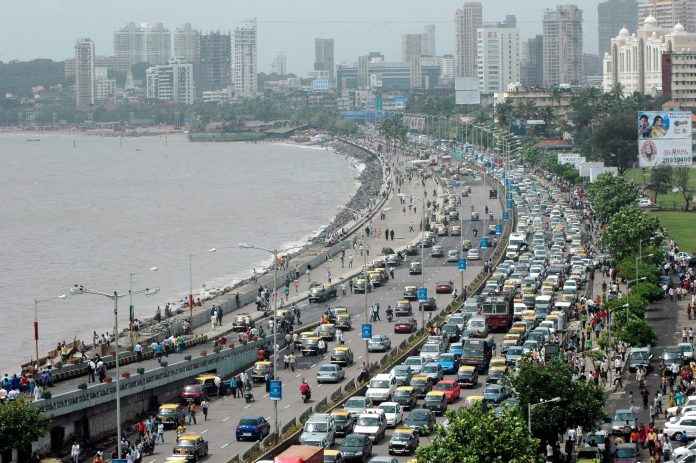Concerns about rising interest rates, rural liquidity challenges and market uncertainty still linger
MUMBAI, Feb 6 (The CONNECT) – Riding on the momentum of a promising start to 2025, the Auto Retail sector enters February with cautious optimism.
Nearly half of dealers (46%) surveyed by the Federation of Audo Dealers Sassociations (FADA) anticipate growth February, while 43% expect sales to stay flat and 11% foresee a dip. This blend of sentiments underscores the industry’s complex landscape—where bright spots are tempered by ongoing challenges, said FADA president C S Vigneshwar.
On the positive side, dealers report that the continuing marriage season, fresh product launches and strategic promotional activities are likely to sustain customer footfalls.
Improved inventory management, better financing options from select lenders and backlogged orders in certain segments such as commercial vehicles add to the sense of guarded confidence. With supportive policies and a post-budget lift in consumer sentiment, many believe February could see a stable or slightly elevated sales curve.
At the same time, shorter working days, pockets of weak rural liquidity and inflationary pressures remain areas of concern, potentially limiting the extent of any upswing. Strict lending criteria, costlier vehicles and subdued demand in certain industrial sectors could weigh on overall performance.
Even so, India’s Auto Retail stands poised for modest gains if these headwinds ease. With nearly half of surveyed dealers still expecting an uptick, a collective sense of optimism prevails
The Auto Retail sector kicked off 2025 on a promising note, aligning with FADA’s earlier survey projections that expected January to range from flat to moderately positive.
Overall retail sales posted a robust 6.6% YoY growth, reinforcing the industry’s optimistic start. Our observations indicate that each vehicle category—2W, 3W, PV, Tractor and CV—witnessed positive momentum, pointing toward sustained consumer confidence and steady market recovery, FADA said.

Two-wheeler sales saw a healthy 4.15% YoY and 27.39% MoM growth, with urban markets gaining share from 41.6% in December to 43.7% in January. Urban sales also outpaced rural on a YoY basis, growing by 4.54% compared to 3.85%. Dealers cite new model launches, marriage season demand and improved financing as key growth drivers. However, concerns about rising interest rates, rural liquidity challenges and market uncertainty still linger.
Passenger Vehicle sales grew robustly by 15.53% YoY and 58.77% MoM, although some of that spike stems from December purchases registered in January for a “2025 model year” advantage. Urban markets inched up from 60.8% to 61.8% share, but rural actually posted a higher YoY growth of 18.57% vs. urban’s 13.72%. Many dealers noted improved demand but also pointed to last year’s heavy discounting, which helped clear older models and shift registrations. Inventory levels have improved, dropping by around five days to 50–55 days, suggesting improved supply-demand balance.
Commercial Vehicle sales increased by 8.22% YoY and surged 38.04% MoM, with urban markets climbing from 50.1% to 51.2% share and outpacing rural growth (9.51% vs. 6.89%). While higher freight rates and passenger carrier demand provided a boost, many dealers cited low cash flow, strict financing policies and sluggish industries (like cement and coal) as major hurdles. Sentiments in rural regions remained notably subdued, compounded by limited new products. Overall, the sector shows cautious optimism but faces persistent headwinds.




